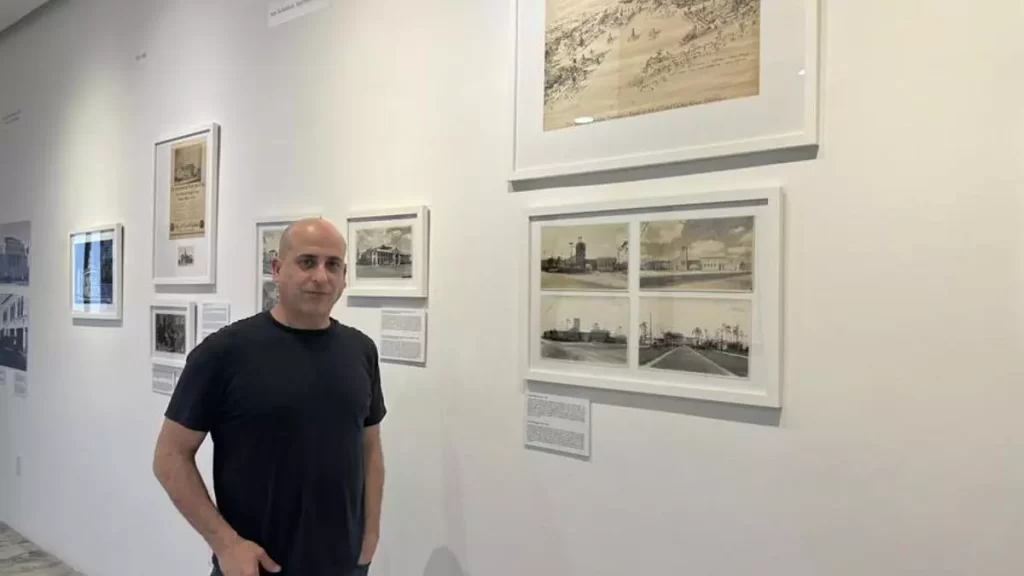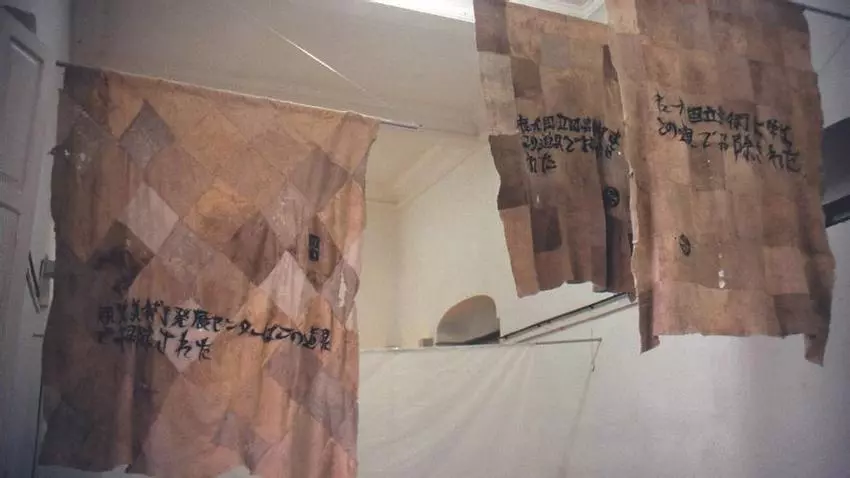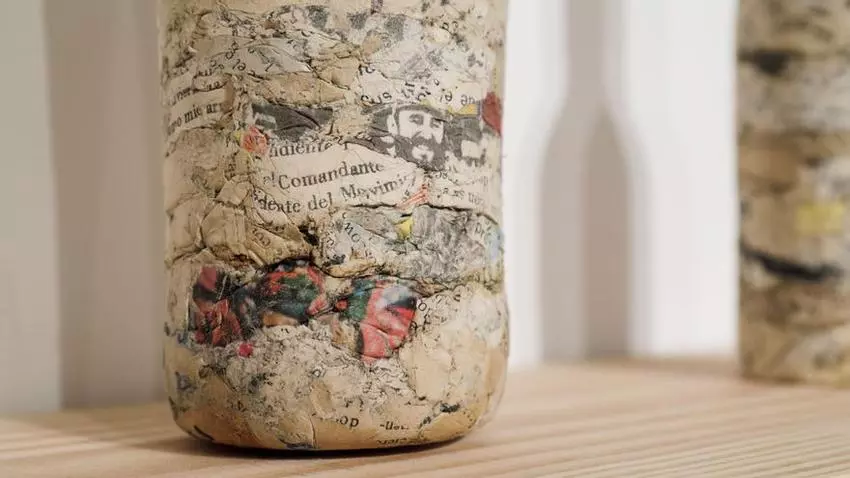
14ymedio, Clara Riveros, Miami, 25 February 2024 — “In Cuba we didn’t have air conditioning. Flies and cockroaches are everywhere. My grandfather had a hobby of rolling up the Granma newspaper to catch flies, we competed, I was a child, that entertained me.”
The Havana artist Fabián Peña recently won a scholarship from the Cintas de Miami Foundation, an institution that for several decades has supported and promoted Cuban artists and creatives or those of Cuban descent in various artistic branches.
He won the $20,000 visual arts scholarship and these resources are above all a premium in terms of time. The artist will be able to dedicate the time needed to create his proposal and which he plans to complete towards the end of the year. “There will be 20 monochrome portraits of 20 negative characters from the 20th century. The list includes dictators, Stalin, Castro, Hitler, serial killers, terrorists and characters who have defined the history of the 20th century in a negative sense, but they will be represented when they were “children, between 9 and 12 years old. Their faces will be displayed on a canvas, like the paintings, but they will be paintings with cockroaches. They are not exactly paintings, they are collages of cockroaches, of the mosaic type, displayed in a wall installation,” he said in conversation with 14ymedio .
In 20 years working with cockroaches and flies, Peña has been perfecting his technique with these peculiar materials which he speaks about with propriety and expertise.
In 20 years working with cockroaches and flies, Peña has been perfecting his technique with these peculiar materials which he speaks about with propriety and expertise. And what we usually discard and reject as terrifying, repulsive and unpleasant, has been reinvented and resignified by the artist. “It is a very artisanal work and, still, without a defined name,” he says regarding the project on which he is working.
“Cockroaches are our undesirable pets, like flies. Cockroaches are in the darkness, they have a particular light, they are very curious, prehistoric. They create an ethical/aesthetic conflict. They have very particular tones, colors, they are a mysterious universe and with a lot of potential, talking about these as material and color. Here I use them for that red tone that is reminiscent of blood, like the characters that are going to be represented.”
Peña’s other major project this 2024, for the Puerto Rico Biennial, to be held this coming April 18, is his proposal Por ti yo muero [For You I Die], which outlines an almost religious meaning. The concept of paper in his work suggests that, being a carrier of ideas and ideologies, it becomes a fossil. The Marxist-Leninist ideas and aesthetic references put on paper that were present in the artist’s training process and, now, that same paper transformed in his hands acquires a new meaning, that of obituary material as an implacable metaphor of an outdated ideology already used not only for indoctrination and instruction, but also for destruction.

The artistic commitment for the Puerto Rico Biennial evokes the process of his Embotellados [Bottled] series, exhibited in 2016. “On this occasion the bottles contain 10 fundamental books, including fundamentalist ones, carriers of outdated ideologies and approaches that may well lead to destruction, both on a political and religious level, but there is also a place here for some literary pieces that have managed to earn a place in History.”
Fabian Peña was born in Havana, in 1976. Graduating from the Higher Institute of Art, his artistically inclined training spanned 12 years. A year after graduating, in 2004, he left Cuba for the first time, an exit with no return. “I was born in El Vedado but I grew up in El Cerro, which is a very sui generis place. My neighborhood was not a marginal neighborhood as such, but it was very close. Very poor, but the people, the neighbors, were very cool at that time. That part is greatly missed. I had the privilege of having artist friends close to me, for example Lázaro Saavedra, who was a friend and teacher of mine and lived almost next door to my parents’ house, and Roberto Favelo, Adrián Soca. I felt very motivated by having artists and people from another generation related to art and artistic creation nearby. We would talk about projects and we would end up at a party. All this towards the end of the 90s.”
“We had the office there, that


